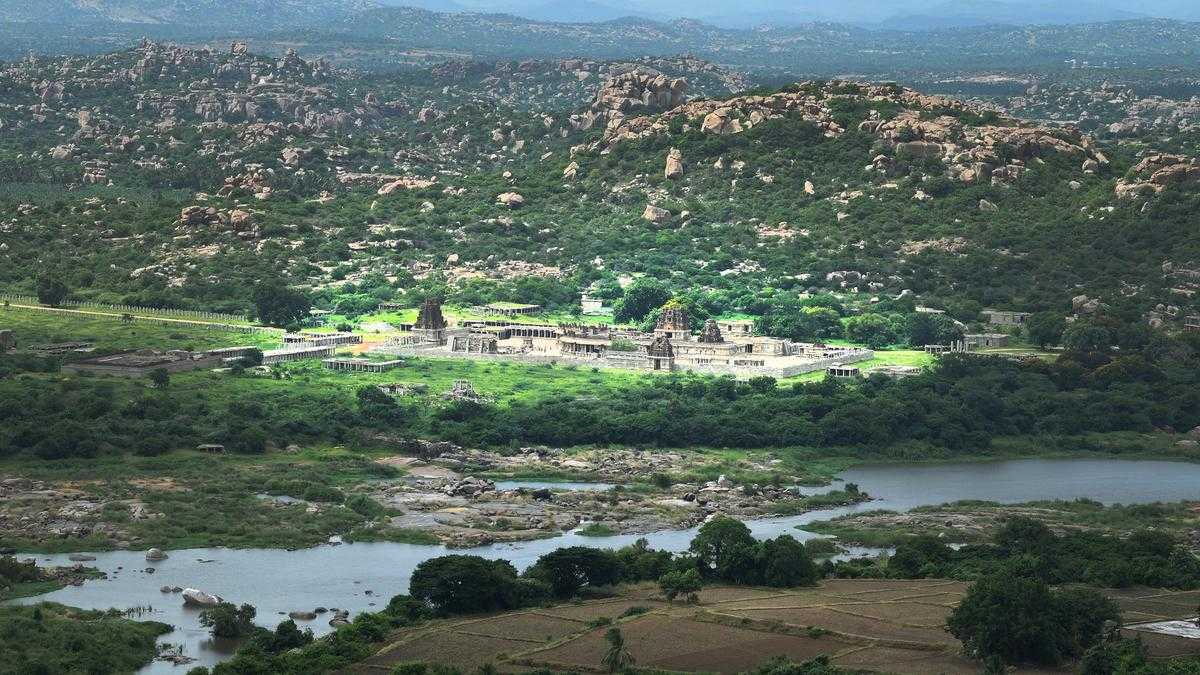How water flowed into all corners of Hampi
On your next visit to the UNESCO-recognised historical site of Hampi, look out for the remains of the fascinating network of canals
Hampi, the UNESCO-recognised historical site, was the capital of the Vijayanagara empire from 1336 to 1565. Foreign travellers from Persia, Europe and other parts of the world have chronicled the wealth of the place and the unique cultural mores of this kingdom built on the banks of the Tungabhadra river. There are fine descriptions to be found of its temples, farms, markets and trading links, remnants of which one can see in the ruins now. The Literature, architecture of this era continue inspire awe.
On a trip to Hampi, while some places like Vijaya Vittala temple or stone chariot remain must-visit places, a more leisurely and closer look at the monuments reveal many facets of this town. For instance, remains that tell the technology used to draw water -- for agriculture, drinking, bathing and so on -- from Tungabhadra and other sources to the city makes for a fascinating study.
